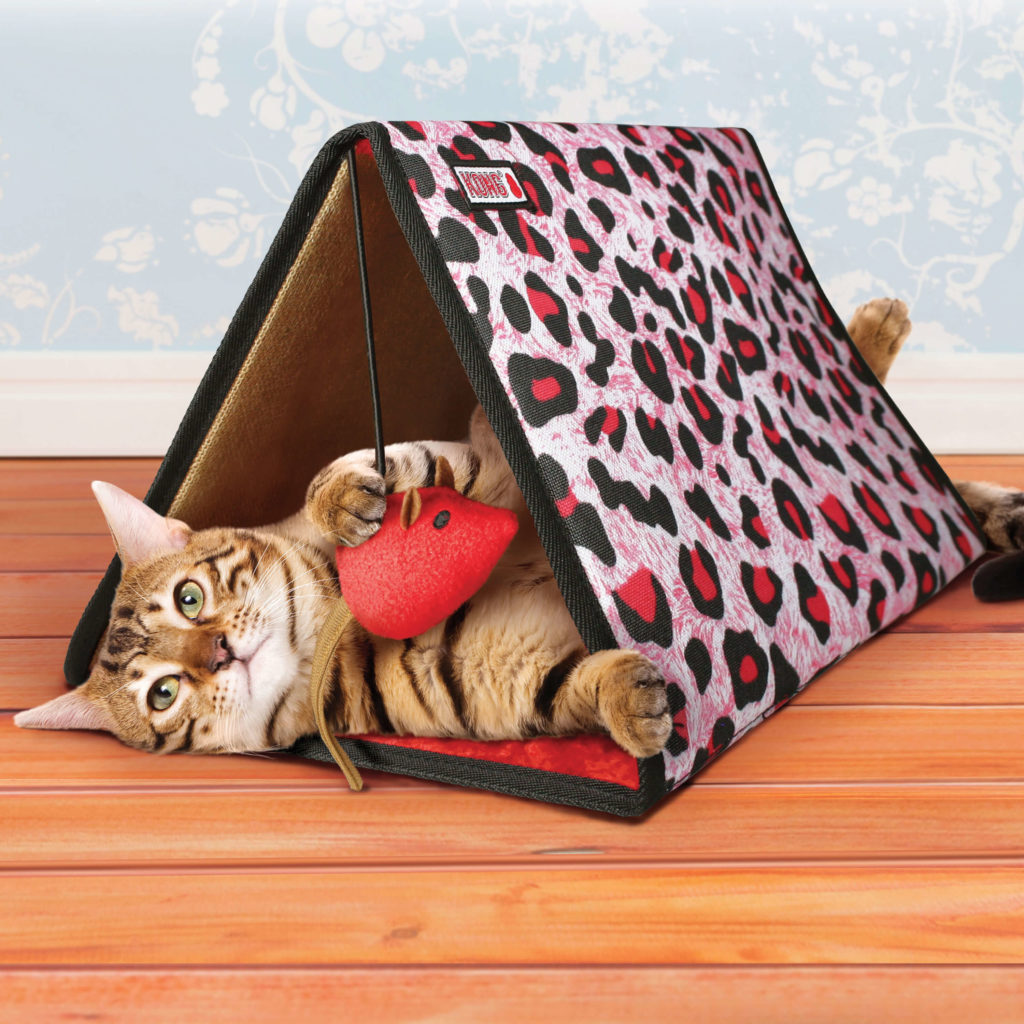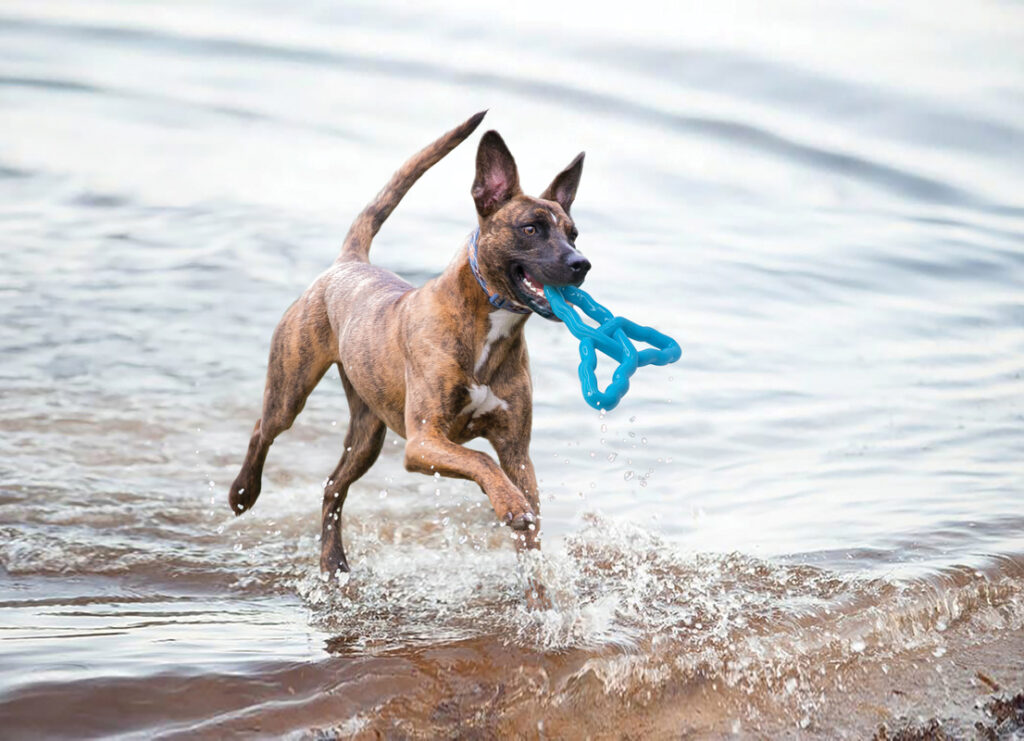Although cats are often considered more independent pets, any of them can still experience separation anxiety. Through selective breeding, certain cat breeds have more sociable traits. As a result, they might feel more dependent on humans. Beyond that, a cat’s past and upbringing are the most helpful in determining how likely they are to feel this anxiety.
First, consider when you adopted your cat. Have you had them since they were a small kitten, or did you adopt them as an adult? Your cat can still experience separation anxiety either way, but cats adopted as adults may have had prior life experiences their human is unaware of.
Adopting an adult cat is immensely rewarding and can sometimes be easier than introducing a kitten into your home. Before making it official, consider the personality traits of any kitten or adult cat. Ask the rescue or reputable breeder a lot of questions about your potential future best feline friend.
Other than being naturally nervous, kittens can also experience separation anxiety if they become used to constantly having you around. Over the past few years especially, this sentiment will ring true for many of us.
How Has the Pandemic Impacted Cat Separation Anxiety?
Since so many of us have spent long periods of time at home in recent years, our cats got used to that reality. This is the case for many of us who adopted a pet during the pandemic.
Curing COVID-19 Separation Anxiety is on the to-do list of all pet parents with dogs and cats who got too comfortable never being apart from their humans.
It can be a shock to everyone when we return to going about our regular routines, but at least we humans understand why. Meanwhile, our cats only understand that there has been a change in routine, seemingly with no explanation.
Losing this routine already puts cats on edge and makes them feel insecure. When you add that their beloved pet parent is no longer around as often, that is a recipe for separation anxiety.
If you suspect that your pet might be dealing with this stress, here are some of the most common signs of separation anxiety to look out for.
How Do Cats Show Separation Anxiety?
All cats will feel separation anxiety differently and, as a result, will have their ways of coping with it. For example, a common one is excessive vocalizations like meowing when a family member departs.
Your cat may display all of the behaviors listed below, some of them, or none at all. For further clarity, you can always reach out to a veterinarian or cat behaviorist to shed some light on the situation.
Disruptive and Destructive Behaviors
One of the most common signs of stress in cats is engaging in destructive behaviors. These behaviors can function as somewhat of a self-soothing mechanism for your cat or can be a way of trying to get your attention. Either way, these cat behavior problems have the ability to quickly go from bothersome to dangerous.
If your cat is regularly scratching at the door to be in the same room as you, the sound can be distracting. If your pet begins chewing at wires or entering drawers with dangerous chemicals, that is a different story completely.
The first step in curbing these behaviors is to get rid of anything potentially harmful, or at least hide them. Put any dangerous chemicals up high, locked away, and totally out of reach. Meanwhile, wires can be hidden or tucked away in a position where your cat can no longer get to them.
Once the immediate danger is dealt with, it is time to engage in some behavior modification. Addressing the source of the anxiety is key, but so is giving your cat more productive and safe items to play with. (We’ll talk about that more later in the article.)
Over-Grooming
Speaking of self-soothing mechanisms, over-grooming is a classic one in cats. This behavior might be difficult to notice at first, as cats generally spend between 30% and 50% of their day grooming. There comes the point when normal grooming turns into something potentially harmful.
Many pet parents will only begin to notice that something is amiss when hairless patches appear on their pet. This is abnormal and should be seen by a professional. You might also realize that there are scabs or sores on your cat’s skin. This can also be a symptom of over-grooming.
Excessive grooming is not only a sign of separation anxiety, but it can also indicate itchiness or physical discomfort in your pet. Rather than being a way of self-soothing, this could also be a way of coping with fleas or a skin disorder.
Improper Litter Box Habits
Unlike over self-grooming, improper litter box habits are something that pet parents are bound to notice immediately. If your cat has never had issues using the litter box before, but they are suddenly urinating or defecating elsewhere, it’s a possibility that your cat is stressed.
Peeing outside of the litter box is especially common for cats going through a period of change. For example, a recent move or change in routine could set them off. A feeling of insecurity often causes separation anxiety.
It is worth keeping in mind that going outside of the litter box could also be a sign of health issues. For instance, cats with a urinary tract infection often pee outside of their litter boxes.
Establish a Consistent Routine
Our pets crave routine, so we owe it to them to provide it however we can. Generally, this takes the form of having established mealtimes every day and playtime and possibly cuddle time.
If they know exactly what to expect and when your pet will feel much more secure in that cat’s environment. As such, they are less likely to feel anxiety.
Give Them Tools To Engage Their Natural Instincts
Another reason your cat might experience separation anxiety is that their other needs are not being fully met. Cats need to engage their natural instincts to feel fully content.
Determine your individual cat’s play style or play styles. All cats have natural-born instincts telling them to chase and pounce, but your feline friend might have more specific tastes. Perhaps they like puzzle feeders or chew toys.
Soft Toys They Can Snuggle With
For cuddly cats who miss a warm presence throughout the day, a soft toy can help immensely. This is especially true if your cat grew up with other animals nearby but they are now an only-cat.
Hand them a soft and cuddly item like the Cat Cuteseas™ Octopus to snuggle up to while you are away, and they are sure to rest much easier. You can even add a little catnip to the toy to help soothe your anxious cat.
Scratching Posts and Toys
Cats feel much more comfortable when they are surrounded by their own scent, so they will try to spread it however possible. Since cats have scent glands in their paws, that only increases their urge to scratch. One of our cats’ most innate instincts is scratch and claw, so it is crucial to provide them with an abundance of options.
Scratching posts and scratching toys are a necessary part of having a cat. If you do not provide your pet with enough, they will search out other items to scratch.
Cat Trees
It is in a cat’s nature to try to get up high, explore their surroundings, and feel like the masters of their domain. One of the best ways that we can foster this instinct in our cats is by giving them cat trees to engage with.
A tree with multiple levels is best, as this will allow your pet to truly make the most of their space.
If Possible, Consider a Pet Sitter
This is not a possible situation for everyone, but if you will be away from your cat for a period of time, it might be worth looking into a trusted pet sitter.
Not only could a pet sitter top off your cat’s necessities (food and water), but they could also provide added enrichment by playing with them. For cats who are especially prone to separation anxiety or if you are planning some time away, a pet sitter can help your cat feel secure.
Does Your Cat Have Separation Anxiety?
We all get anxious sometimes, and cats can too.
When you are with your cat, be sure to provide them with an abundance of love and affection. With these tips, you and your cat should be feeling more at ease before you know it. You can reach out to our cat expert behaviorists in the KONG Club app for consults and personalized cat behavior tips, tricks and plans!
Sources:
Cats That Lick Too Much | Cornell University College of Veterinary Medicine
Adjusting Pets to Life After COVID-19 Quarantine | NC State Veterinary Medicine



